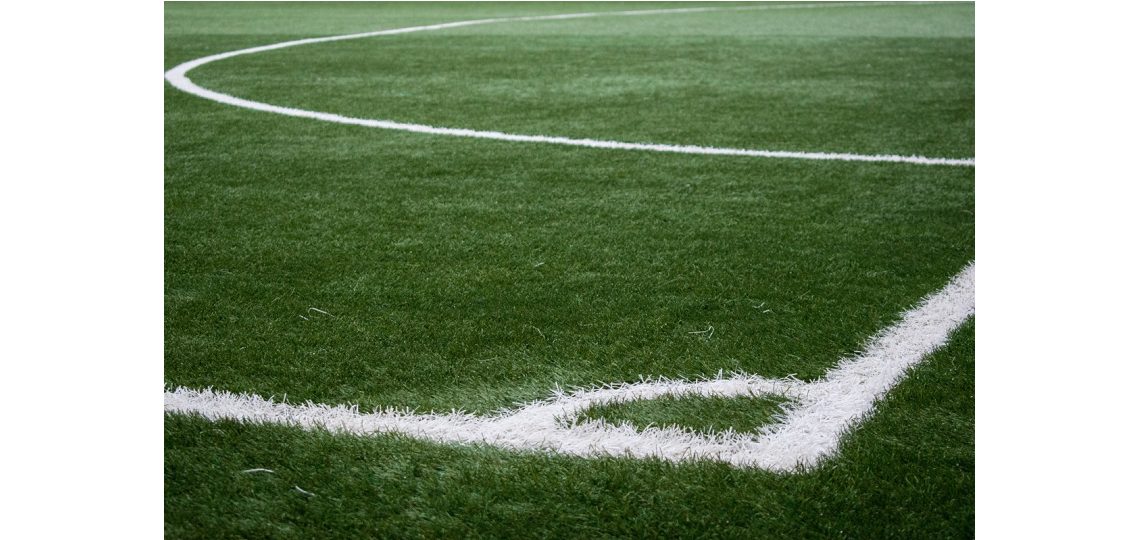The European Tyre Recycling Association (ETRA) has taken a slightly different tack on the imminent microplastics ban, relating the summer’s drought with the need to water grass pitches as an argument in favour of crumb rubber infill.
It highlights the energy crisis created by the war in Ukraine and the implications this has for the cost-effectiveness of many industries, including tyre recycling.
The cost of energy, which had already doubled before the war, has now skyrocketed posing serious concerns about energy availability and affordability and survival of many industries and families.
According to ETRA; “While Recyclers, who are mainly SMEs, are wondering how to overcome the perfect storm announced for the autumn and how to face the above macro-issues, plus others that will come along, the European Commission, supported by ECHA RAC’s opinion, which seems quite inaccurate on artificial turf, decided to face microplastics, focusing mainly on infill material, in order to reduce dispersion into the water of tiny fragments of polymers.
“Tyre Recyclers are already no longer able to granulate tyres owing to the price of electricity. Sports Associations wonder how the infill material can migrate from the pitch to water if there is no water. Farmers say that the little water available should be used to watering crops instead of natural grass.”
The Dossier Submitters in ECHA’s consultation estimated an average release of 500 kg per year from each of 32.000 full-size pitches installed, making the total estimation of the annual release equal to 16.000 tons. This data has been shown to be wrong and overestimated, and ETRA fully contests it. However, the industry is in some ways, hoisted by its own petard. For long enough, the suppliers of sports surfaces would recommend a replacement material of around 2.5 tons per annum per pitch. Swedish research by SDAB on a controlled pitch showed that the actual loss of crumb rubber was just 3.5kg per annum.
ETRA adds; “However, if it was true. it would make more sense to introduce, now, mandatory risk management measures to limit the dispersion down to 50 kg or less and verify the effectiveness, then apply the ban and the removal only for the fields that do not comply with the limits.
“Instead, the ban will come in force in six years, during which polymeric infill material will continue to be sold and pitches installed without containment measures, increasing the number of pitches which have the potential release of 500 kg per year, which, after six years will remain operational until their end of life, increasing the overall polluting impact, instead of reducing it.”
ETRA challenges the decision to ban polymeric infill material and asks for it to be withdrawn as well as requiring economic support for tyre recycling companies to defend themselves from the speculations on energy cost and unsustainable prices.
In Europe, 4,200,000 tons (ETRA) of ELT are produced annually and must be recycled in a sustainable way. Recycled SBR infill material made artificial turf more sustainable, cost-effective, and widespread, contributing to sports diffusion and reducing social discomfort, especially among young people
ETRA asks; “As there are no benefits deriving from the ban of rubber infill for the environment, nor for the recyclers, as well as for citizens and players, the question arises spontaneously: who will benefit from it?”
Of course, the huge issue that Europe now faces is what is to be done with the 37 – 38% of ELT destined to be added to the stockpile – there is an environmental disaster on a scale far wider than the microplastics issue just around the corner if there is no alternative outlet found – India and Turkey can only take so many tyres from Europe.




















